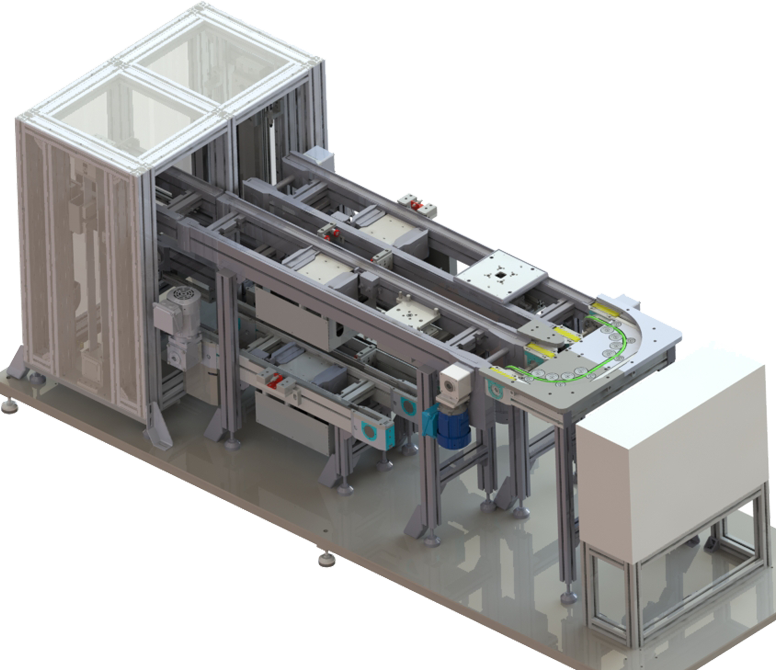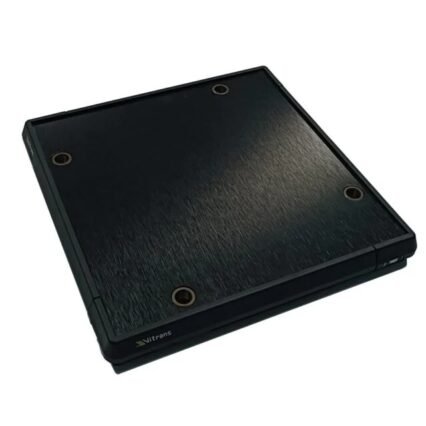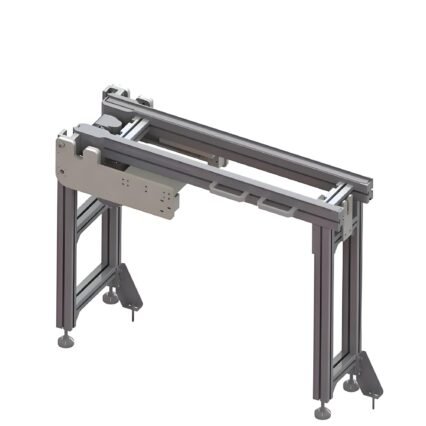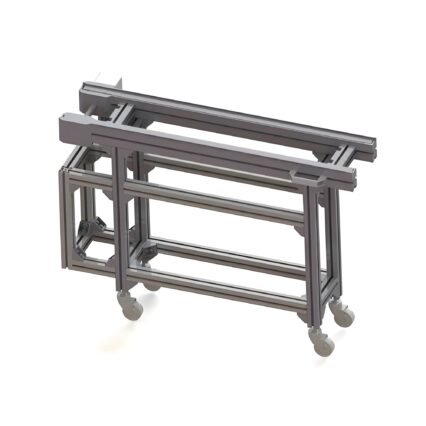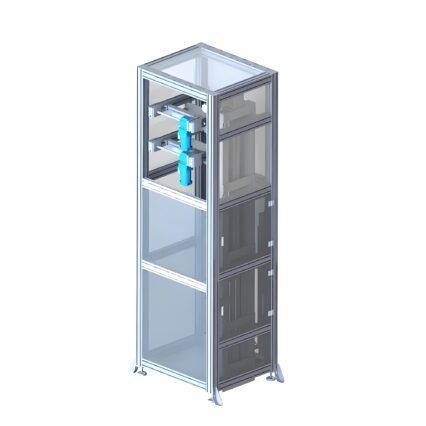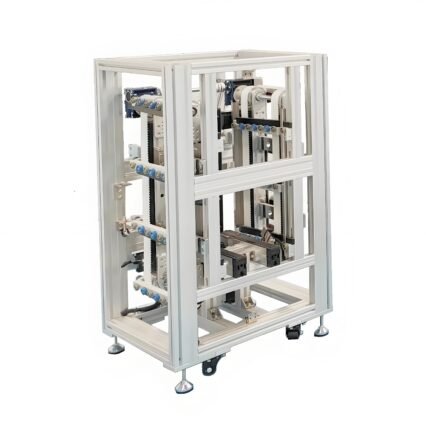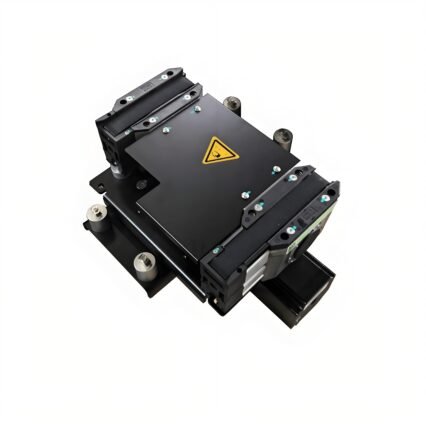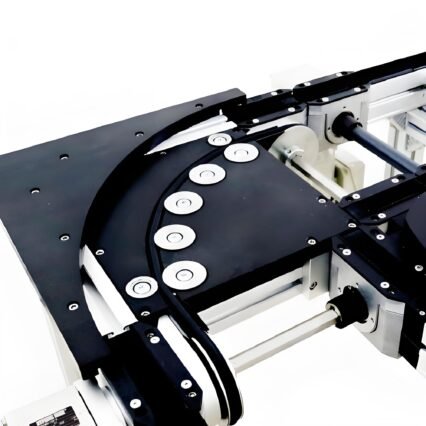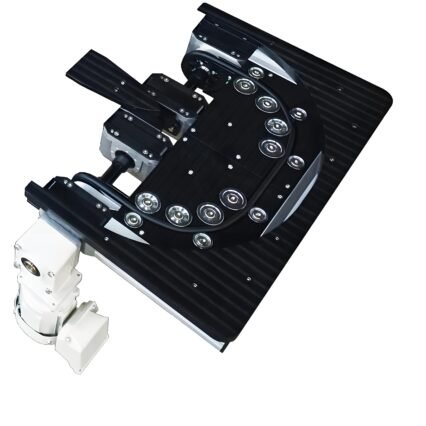Conveyor belts are crucial components in various industries, including manufacturing, logistics, and warehousing. Over time, wear and tear or unexpected damage can necessitate the replacement of the conveyor belt to ensure smooth operations. Knowing how to replace a conveyor belt can save you both time and money, reducing downtime and keeping your systems running efficiently.
In this guide, we’ll cover the steps of how to replace the conveyor belt safely and effectively. We will also introduce Vitrans的领先制造商 托盘输送机 和 托盘传送系统, known for its high-quality conveyor systems and competitive pricing.
H2: Why Conveyor Belt Maintenance Is Important
Proper conveyor belt maintenance is essential for several reasons:
- Minimizing downtime: A well-maintained conveyor belt will function properly, preventing unscheduled shutdowns.
- Increasing efficiency: Ensuring your conveyor belt is in top shape helps optimize the productivity of your automated production and assembly lines.
- Preventing accidents: Regular inspection and replacement of damaged belts can prevent accidents caused by conveyor belt failures.
H2: Tools and Materials Needed for Conveyor Belt Replacement
Before diving into the steps of conveyor belt replacement, it’s essential to gather the necessary tools and materials. Having these on hand will make the process more efficient and ensure you can quickly replace the belt.
H3: Tools:
- Wrenches and socket set
- Belt tension gauge
- Pry bar
- Belt cutting tool or knife
- Measuring tape
- Conveyor belt splicing kit (if required)
- Protective gloves and safety gear
H3: Materials:
- Replacement conveyor belt
- Fasteners or clamps (for securing the new belt)
- Lubricant for rollers (if needed)
H2: Step-by-Step Guide on How to Replace a Conveyor Belt
Now that we have the tools and materials ready, let’s walk through the process of replacing a conveyor belt.
H3: Step 1: Shut Down the Conveyor System
Safety first: Before starting the replacement process, ensure that the conveyor system is completely shut down. Disconnect the power supply and lock out any energy sources to prevent accidental startups during the process. This step is crucial for preventing accidents and ensuring the safety of all workers involved in the replacement.
H3: Step 2: Inspect the Conveyor Belt and System
Take a moment to inspect the entire conveyor system. Look for signs of damage to not only the belt but also the pulleys, rollers, and other components. If other parts are worn or damaged, they should be replaced at the same time as the belt to avoid future failures.
Vitrans, a trusted provider of 托盘输送机 和 传输系统, designs durable conveyor components, but regular inspection is still important to maintain longevity.
H3: Step 3: Release the Belt Tension
Most conveyor systems use a tensioning mechanism to keep the belt in place and running smoothly. In this step, use a wrench or tension gauge to release the tension from the conveyor belt. This will make it easier to remove the old belt and install the new one.
Pro Tip: Remember how much tension was applied to the old belt so you can properly adjust the new one later.
H3: Step 4: 拆除旧传送带
松开张力后,使用切割工具或刀具小心切割并从系统中取出旧传送带。如果输送带状况良好,可以重复使用,只需将输送带取下,无需切割。
H3:步骤 5: 安装新传送带
卸下旧皮带后,就该安装新皮带了。首先将皮带穿过皮带轮和滚子,确保皮带与系统正确对齐。请记住,皮带应居中,以避免日后出现错位问题。
H3:步骤 6: 接合输送带(如需要)
如果新皮带太长或太短,您可能需要拼接皮带来调整长度。许多皮带都配有拼接套件,您可以用它来切割皮带并牢固地连接两端。请按照拼接套件中的说明进行操作,以确保拼接正确。
H2: Vitrans:您可靠的输送系统合作伙伴
Vitrans 十多年来一直是输送系统行业的领导者。他们为各种工业需求提供高质量的解决方案,专注于 托盘输送机, 托盘传送系统和 附件输送机.他们追求卓越的承诺体现在其产品的质量上,这些产品被广泛应用于全球各地的自动化生产线。
H3:为什么选择 Vitrans?
- 可靠的产品:Vitrans 的输送机系统,如 带式托盘输送机 和 积放式链式输送机其设计经久耐用,效率极高。
- 价格合理:得益于其在中国强大的供应链资源,Vitrans 能够以极具竞争力的价格提供高质量的输送机。
- 全球影响力:Vitrans 的产品出口到多个国家,确保世界各地的客户都能从其解决方案中受益。
如果您需要新的输送系统或更换输送带、 Vitrans 是一个值得信赖的合作伙伴,能够在短时间内提供高质量的产品。
H2:确保正确安装的最后步骤
安装完新的传送带后,还有一些最后的步骤,以确保系统平稳高效地运行。
H3:步骤 7: 调整张力
新皮带就位后,用 皮带张力表 将张力调回适当水平。张力过大会导致皮带过早磨损,而张力过小又会导致打滑和性能不佳。
H3:步骤 8: 运行输送机进行测试
在输送机恢复全面运行之前,先运行系统进行测试。观察输送带的运动情况,确保其正确对齐和运行无故障。
如果有任何不对齐的迹象,请对皮带进行相应的调整。正确对齐可延长皮带的使用寿命,提高系统的整体效率。
H3:步骤 9: 润滑滚筒和滑轮
为确保平稳运行并减少新皮带的磨损,请在滚筒和滑轮上涂一层润滑油。这将最大限度地减少摩擦,帮助皮带自由移动。
H3:步骤 10: 定期维护和检查
新皮带安装完毕并顺利运行后,必须定期进行维护和检查,以延长皮带的使用寿命,防止将来出现故障。这包括定期检查皮带张力、对齐和状况。
H2:有关输送带更换的常见问题
H3:Q1: 输送带多久更换一次?
A1:更换输送带的频率取决于输送系统的类型、输送的物料和运行条件。应定期进行检查,找出磨损迹象,确定何时需要更换。
H3:问题 2: 没有专业人员的帮助,我可以更换传送带吗?
A2:虽然有些输送带的更换可以在没有专业人员帮助的情况下完成,但我们始终建议由经验丰富的技术人员进行安装,以确保正确的对齐和张紧。专业的安装可以降低出错的风险,延长新皮带的使用寿命。
H3:问题 3: 我如何知道输送带是否正确对齐?
A3:正确对齐的输送带运行平稳,不会偏离中心或造成不必要的磨损。不对齐会导致磨损不均匀、摩擦增加和皮带寿命缩短。在运行过程中定期检查输送带的移动情况是确保对齐的最佳方法。
H2:对比表:输送带类型及其用途
| 传送带类型 | 最适合 | 特点 |
|---|---|---|
| 带式托盘输送机 | Heavy-duty loads | Durable, handles heavy pallets in manufacturing |
| 积放式链式输送机 | Assembly lines, product accumulation | Provides smooth movement, ideal for assembly lines |
| 附件输送机 | Custom applications | Flexible, supports a variety of attachments |
| 产品输送机 | Moving items between systems | Efficient transfer of products between conveyors |
In conclusion, knowing how to properly replace a conveyor belt is critical for maintaining the efficiency of your production line. Whether you’re using a 带式托盘输送机 or a 产品输送机 from Vitrans, following the correct steps will ensure a smooth transition and help you avoid costly downtime. Regular maintenance and inspection will keep your conveyor system running smoothly for years to come.

